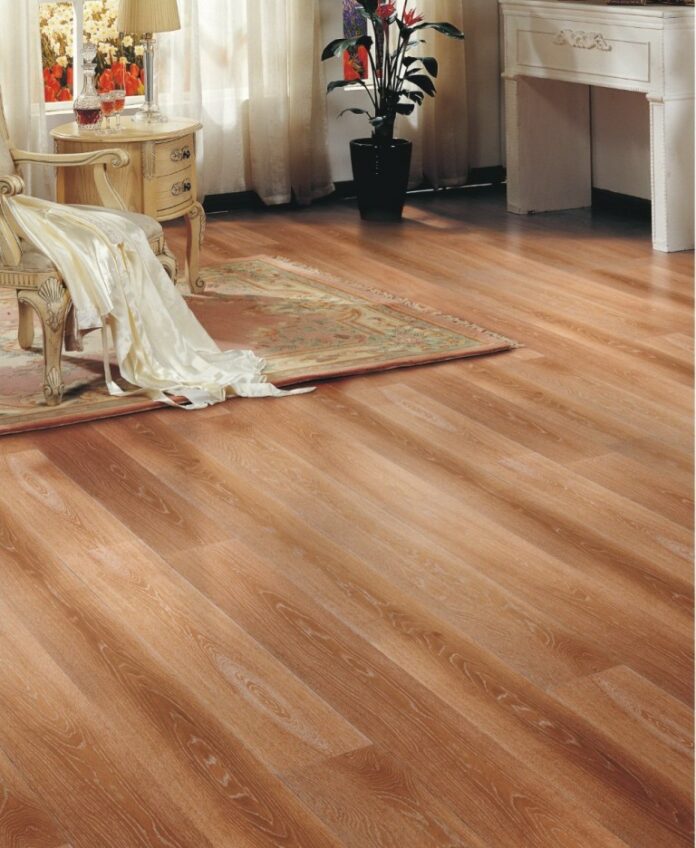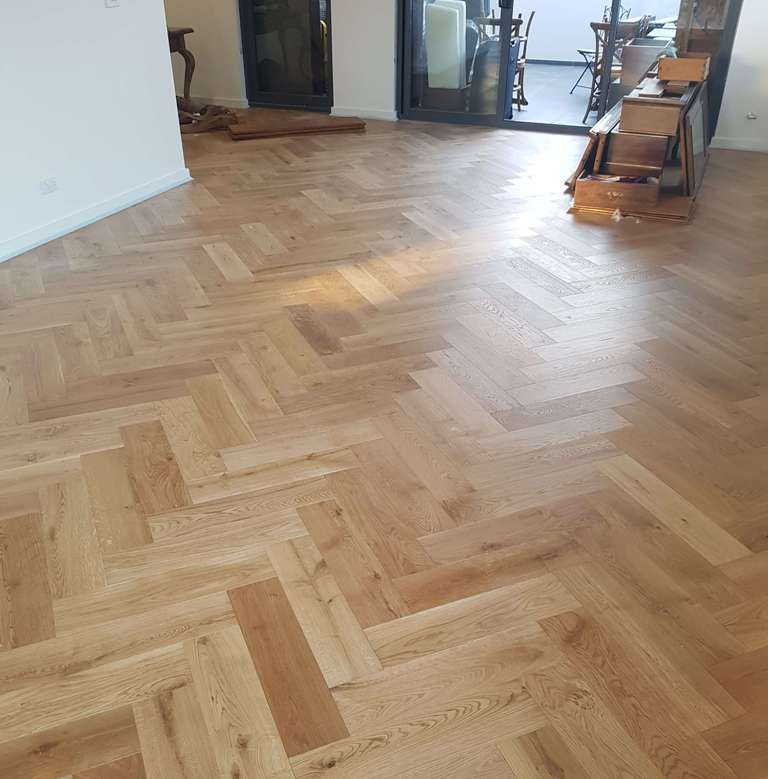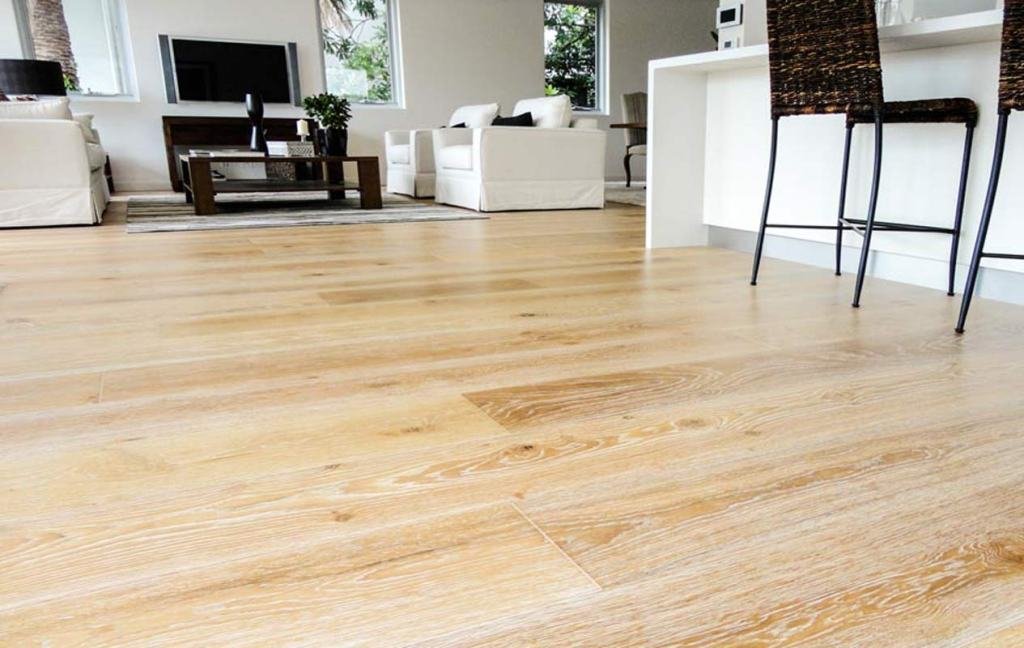Opting for wood flooring in your home or commercial space gives it an unmistakable sense of warmth and sophistication. It’s a classic choice that suits both traditional and contemporary interiors and will serve you well for years to come.
Most property owners are faced with a choice after they’ve decided on wood—should they go for solid hardwood or engineered timber flooring? To help you make that choice, we’ve listed down the main advantages of engineered timber flooring and why you should see it as a worthy contender when choosing the right flooring solution for your space.
It’s highly stable and more resistant to warping and deformation.
Engineered timber flooring is specifically constructed to be more resistant to the effects of moisture and temperature on wood. As a material derived from nature, wood can react to changes in the climate by deforming or warping depending on the level of humidity in the environment. For this reason, solid hardwood is not recommended to be used in environments where temperature can fluctuate rapidly, such as kitchens or bathrooms.
The problem is virtually eliminated with engineered timber floors since they are constructed in such a way that a single core layer is surrounded by many other layers of wood that run in perpendicular direction. They’ll still react to climatic factors, but not in any significant or visible manner.
It’s more durable.
Due to their clever construction, engineered timber floors can withstand not only climate and temperature fluctuations but also heavy foot traffic. The lamella or top layer can be sanded when it’s starting to look a little worn-out, and then it can easily be refinished to look like it’s just been freshly installed. You can choose to go with a darker stain next time or to leave it unstained to allow the natural colour of the wood to shine through. Engineered timber is also made to stand up to all sorts of punishment and doesn’t need to be treated with an overabundance of care, unlike other flooring options.
It’s easier to install.
Installation is usually one of the most time-consuming and expensive parts of having a new floor laid down. With engineered timber flooring, you can save on professional installation costs since you can do the installation yourself. All pieces come pre-fabricated and ready to be put in.
There is also no need to have a plywood subfloor put in. When you go with engineered timber, you can install your new flooring directly over concrete, further driving down the cost and simplifying the process. You could be enjoying your brand-new floors after putting in a mere couple of days’ worth of work, which isn’t something you can say for the alternative.
It’s cost-effective.
The factor that makes most property owners balk at wood floorings is the price of wood. Solid hardwood planks can cost a small fortune, depending on the kind of wood you’d like, how big you’d like your planks to be, the availability of wood, and how easy it would be to acquire and transport.
Engineered timber is a much cheaper option by a significant margin, but you don’t have to sacrifice on looks and quality. It looks just like real wood at a fraction of the cost.
It’s environmentally-friendly.
Consider the figures: you can make between five to seven pieces of high-quality engineered timber flooring from one solid plank of hardwood. Cutting down trees for flooring is no longer a sustainable or ethical practice in a world that is slowly succumbing to the detrimental effects of climate change. At this point in time, we should all be thinking about putting the earth first: that means conserving limited resources and making better use of what is already available.
Look beyond the aesthetics, and you’ll see that engineered timber flooring is the best choice for your home or business. It requires a minimal amount of maintenance and is available in all sorts of colours and finishes to suit your interiors.




















